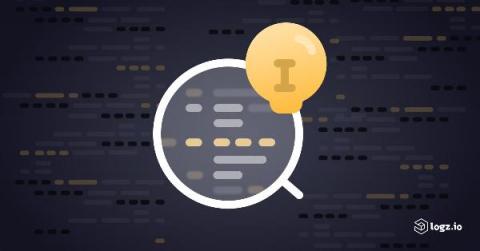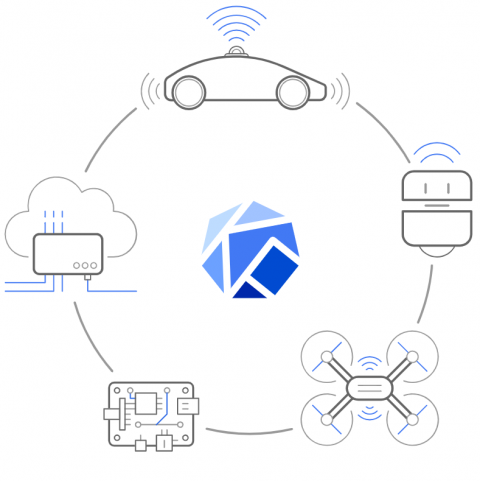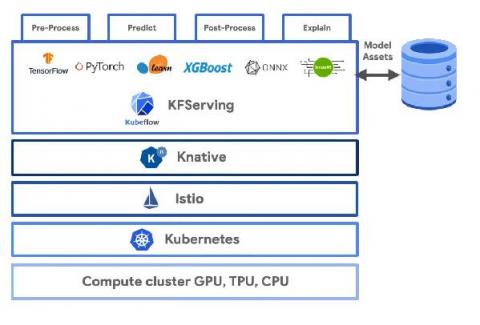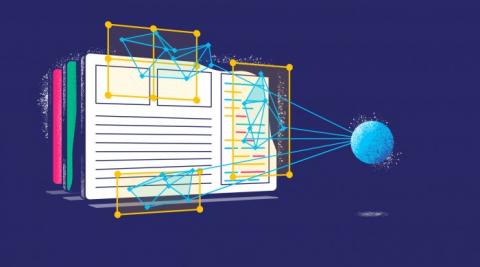Finding the Bug in the Haystack with Machine Learning: Logz.io Exceptions in Kibana
Logz.io is releasing its AI-powered Exceptions, a revamped version of our Application Insights, fully embedded in your Kibana Discover experience, to boost your troubleshooting experience and help you find bugs in the log haystack.








